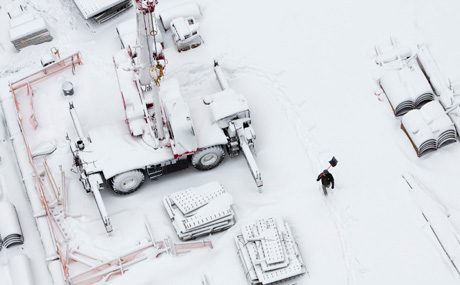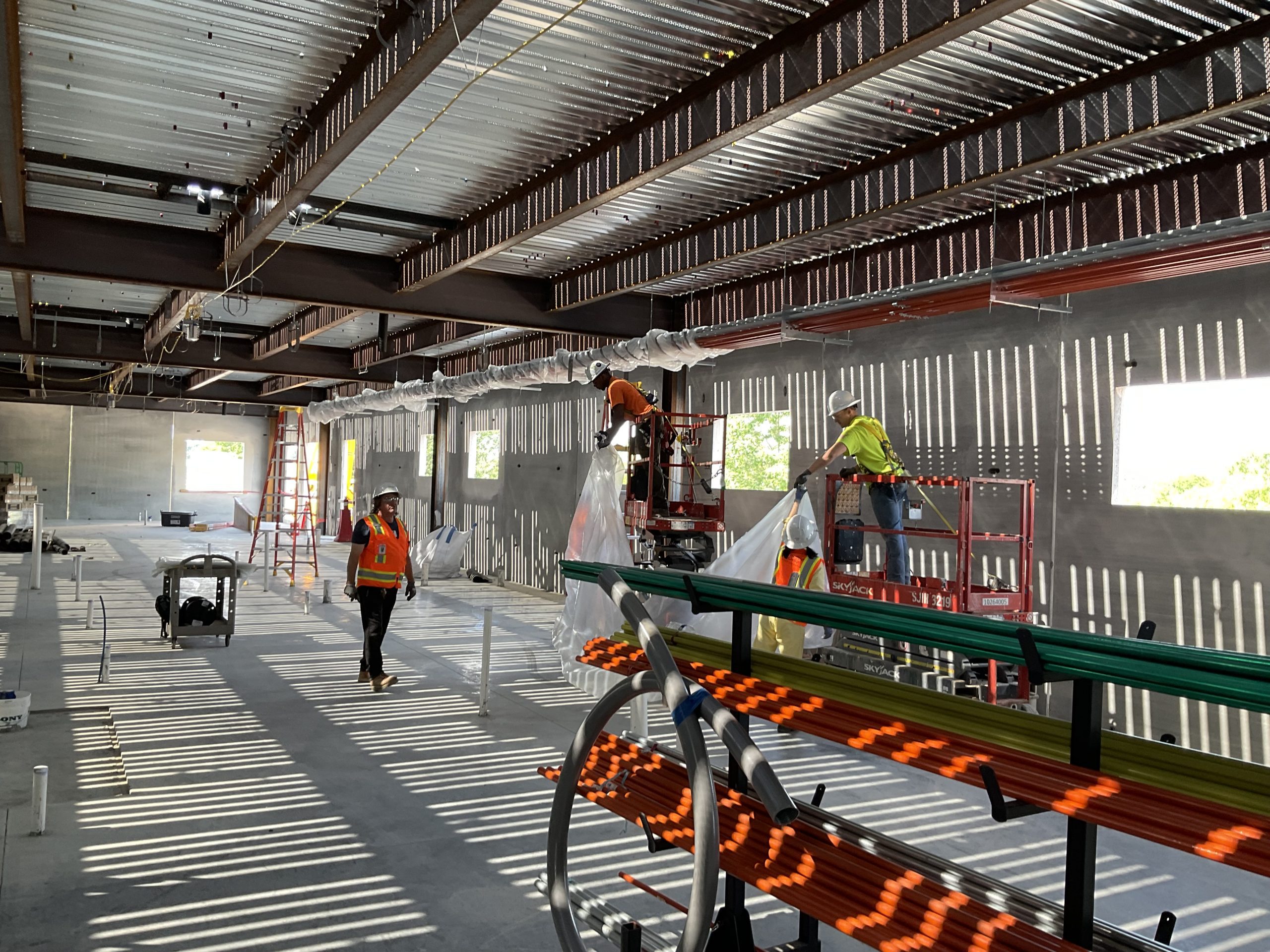Construction work is inherently one of the most dangerous occupations, and winter weather can make it even more dangerous. Taking proper safety precautions when cold weather strikes can significantly reduce the risk of serious injuries and even death.

- Be aware of weather forecasts.Keeping track of the forecast for the day is the first step for keeping your workers warm. A worst-case scenario is that an employer sends workers out to a job site the day a blizzard blows into town. Employers should watch the local weather and check the National Weather Service. Know when temperatures and conditions could make outside work dangerous. If possible, you can also schedule work during the warmest part of the day.
- Limit exposure to the elements. When the wind and snow are blowing and temperatures are dangerously low, schedule outside work in shorter time blocks. Consider breaking up larger projects into smaller tasks or providing short, frequent breaks in a warm environment such as a heated trailer or a tent with portable heaters.
- Require proper gear.Working outside during the winter requires the right gear for the job, including boots, heavy coats, gloves, hats and other essentials based on the weather. Employers should require all workers to wear clothing that will keep them warm and dry to prevent hypothermia and frostbite. Also, shoes should have nonslip soles to prevent falling.
- Review work sites every day.Any kind of debris can pose a risk in work environments; however, it is particularly true for winter construction. Snow and ice on overhangs and rooftops should be regularly cleared to prevent falling to the ground level. It must be kept in mind that snow can hide dangerous materials that can fall to a lower level and injure a worker.
- Remove snow and ice.Before work is started on a site, employers should ensure snow is removed, salt or sand is put down and large patches of ice are chipped away. And, no matter how time sensitive the construction job is, workers should avoid working on scaffolding in ice and snow.
- Inspect and prepare vehicles.Before heading into the winter, all work vehicles should be inspected to determine if they are fully functioning. Employers should also add winter emergency kits to work vehicles. These kits should include an ice scraper, snow brush, shovel, tow chain, flashlight with extra batteries, emergency flares, a blanket, snacks and water.
- Educate workers on the signs of frostbite and hypothermia. Even when employers do everything they can to protect workers, issues can still arise. Supervisors and workers need to know the symptoms of hypothermia and frostbite so that if anyone shows these signs, they can receive immediate medical attention. When workers know what to look for, it’s more likely they will seek medical treatment sooner.
With these tips in mind, you can stay prepared – no matter the weather! Until next time…Work Safe & Be Safe!




